Wilson Ultra 95 Countervail Racquet Review
| Overall | 79 |
|---|---|
| Groundstrokes | 81 |
| Volleys | 81 |
| Serves | 85 |
| Returns | 80 |
| Power | 86 |
| Control | 80 |
| Maneuverability | 73 |
| Stability | 85 |
| Comfort | 71 |
| Touch/Feel | 76 |
| Topspin | 81 |
| Slice | 83 |
Summary
Endorsed by Kei Nishikori, the Wilson Ultra 95 Countervail comes fully loaded with explosive power. With a hefty swingweight of 339 on the Babolat RDC, a 27.25-inch length and a 95-square-inch head, this racquet is sure to add precision to the shots of those who can swing it. Our experienced playtesters found an impressive combination of plow through and power, but the racquet could be a bit demanding if they were not completely prepared. It wasn't the most maneuverable racquet at net, but its stability helped when blocking balls back. Our team had a lot of success when serving, but returning serves with this slightly extended racquet was the most demanding part of the playtest. Although Wilson added Countervail technology to the Ultra 95, it felt somewhat stiff and uncomfortable at times, and each playtester experienced some discomfort. Our team suggests stringing this racquet with a soft hybrid. The Ultra 95 Countervail is a great player's racquet, ideal for experienced ball strikers in search of enough heft to deploy some serious power on the court.
Upsides
- Big power
- Very stable
Downsides
- Difficult to maneuver
- A bit stiff
Bottom Line
It's not easy to swing, but if you can manage it, this racquet packs a huge punch from the baseline and on serves.
Ability
Advanced
Groundstrokes - Score: 81
Built to provide easy power off the ground, the Ultra 95 Countervail rewarded our testers when they could get it into position. With enough time to properly set up for his shots, Chris could absolutely crack the ball with the Ultra 95. "Power and spin came in spades on a full swing," he said. "I was able to drive the ball deep and hit offensive, penetrating shots. The same was true when I was on the run if I had time to wind up and swing big. When I was rushed I had issues with the Ultra 95 due to its heft. Picking up shots around my feet and fending off hard-hit shots from my opponents took the utmost discipline with my mechanics. There was a lot of racquet to get around my body, so I found it very easy to be late in those situations. More time with the racquet proved to be the cure, and I was getting more dialed in as the test wore on."
"Overall, I would say I enjoyed hitting with the Ultra 95 Countervail most of the time, but I did have some critiques," began Michelle. "We playtested a handful of 95-square-inch racquets that felt too soft to me over the past few months. You guys are going to think I'm Goldilocks, but this one was much stiffer and a bit harsh at times on contact. I did like how the Countervail helped mute the feel, but it still wasn't the most forgiving racquet, and I really lost some confidence off my forehand wing. The specs fell right into my wheelhouse, but something just wasn't clicking. One in eight balls felt good, and the other seven were a bit off. I liked the hefty swingweight, but this racquet wasn't coming around on my forehand. I shanked more balls with this racquet than I have in a very long time. And those mishits were not comfortable. However, on the positive side, I liked this racquet off my backhand wing. The extra leverage with my left hand and the fact that I don't go for as big a ball made it work well for my backhand. At times, despite the specs, I felt like the Ultra 95 Countervail was a bit unstable in my hands. Not sure if that was due to a smaller headsize and small sweetspot or what, but I noticed the racquet twirling in my hand at contact more than I would like to admit. One last thing, I really enjoy extended racquets, and while the extra quarter inch was noticeable, I would have liked to see it a half inch longer."
Troy's first impression was that this racquet packed a lot of plow through and swung with the type of heft he enjoys. He described, "The way this racquet maneuvered and the feel on contact were very reminiscent of the Wilson Burn 95 Countervail. For its 95-square-inch headsize, the Ultra 95 packs a big punch. I could take huge cuts at the ball on my forehand, and this racquet supplied easy put-away power. Initially, when I tried to step into the court and flatten out my groundstrokes the ball was flying long on me. When I was able to take a long swing with heavy topspin I enjoyed the easy power and depth, but whenever I attacked a short ball or had to hit an approach shot I felt a bit disconnected and wasn't confident swinging freely. My backhand slice was rewarded with easy depth, though I couldn't feel the ball in the same way that I can with my Yonex VCORE Pro 97 (330). When the Ultra 95 was strung with a full bed of co-poly string it felt a bit firm and unforgiving on contact outside of the sweetspot, but when we strung this racquet with Kei Nishikori's string setup (a hybrid of Wilson Natural Gut and Luxilon Element), the comfort was much improved. With the hybrid in this racquet I found more feel and a better connection to the ball when hitting my backhand slice and drop shots."
The swingweight, stiffness and lower launch angle produced a very heavy ball off the baseline for Sean. He said, "When I had time to set up I really enjoyed how commanding I could play. However, playing with this much mass required me to set up very early and be ready to shorten my swing when I had less time, or else I couldn't get the racquet into position and my contact point would be late. This weakness (perhaps on my part for not being able to maneuver the 340ish swingweight) reared its ugly head much more in doubles, where the point play was faster, and I was left wanting a more maneuverable, lower-powered response. Additionally, my wrist really felt the weight and stiffness of the racquet by the end of the playtest. The Countervail technology mutes the feel at impact, but it doesn't change the fact that the racquet does not flex much."
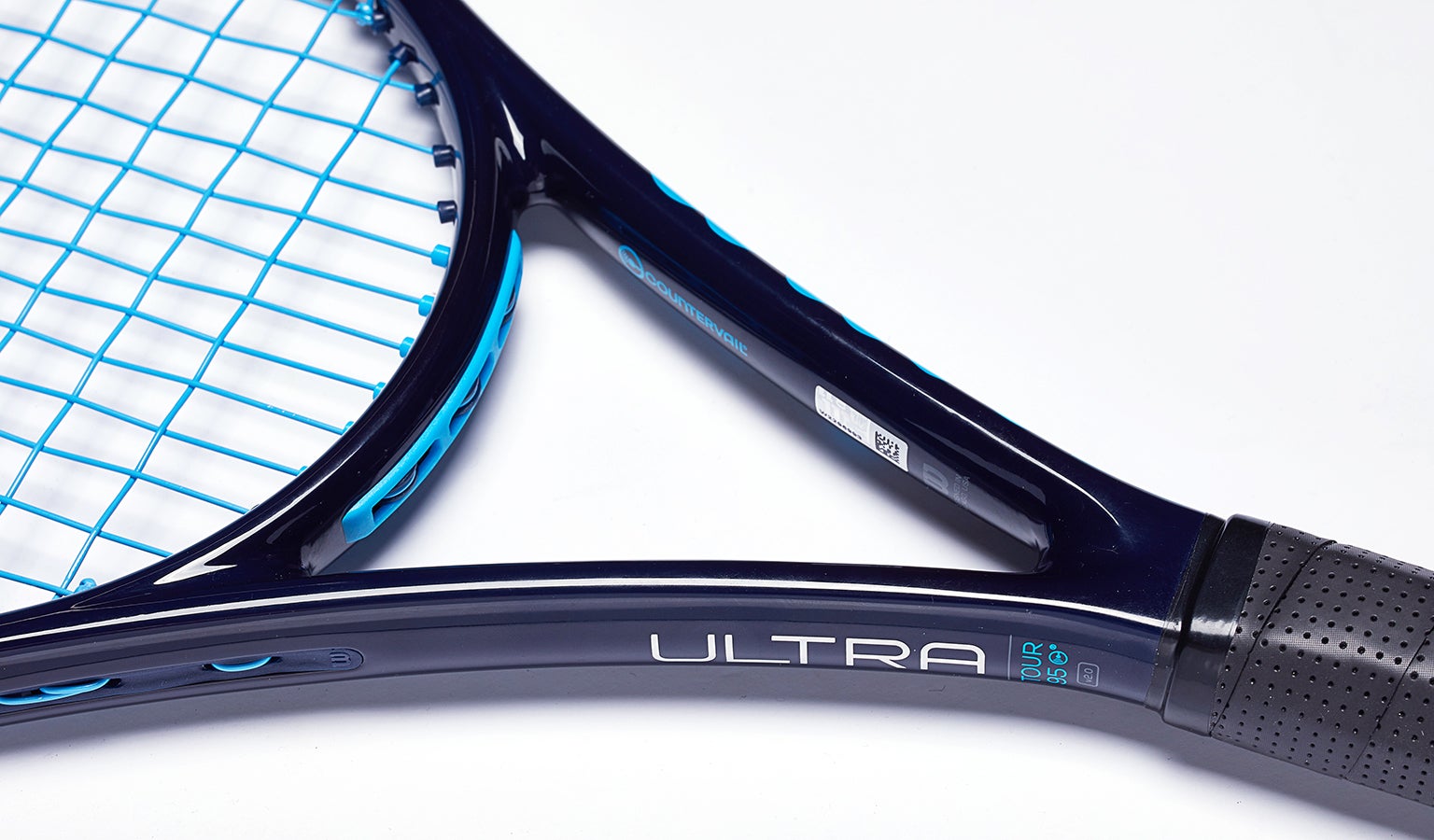
Volleys - Score: 81
The Ultra 95 Countervail proved to be stable for our team at the net. Even so, Michelle had to be very intentional when going after her volleys. She explained, "I had no issues with stability at net, but I still found the racquet to be demanding in terms of maneuverability. It blocked balls back, but I really needed to go after the volley to feel secure with my shot. When doing that, I found good depth and penetration into the court. Swinging volleys were fun and easy to execute."
The Ultra 95 Countervail felt stable and provided easy depth when Troy came to the net. He said, "The feel on contact was firm, and the targeting was direct. The high swingweight made it a bit sluggish, especially when I had to react quickly on a volley. Although this racquet felt very stable and the control was good, I didn't find great response or feel. When I was going for touch volleys the response was a bit muted, and I didn't feel very connected to the ball. I found it best to use the mass to block my volleys back deep. When playing doubles I focused on sticking my volleys deep with a lot of pace. I tried to refrain from getting crafty and avoided short angles or drop volleys. As I mentioned with groundstrokes, the Ultra 95 Countervail felt a bit harsh when strung with a full bed of co-poly. I experienced jarring in my wrist a few times when the ball made contact slightly off center. This racquet was much more comfortable with the natural gut hybrid setup, although the feel was still a bit muted for my liking."
Sean found the Ultra 95 Countervail to be significantly more effective at net when he came in on his own terms. He said, "It was tougher to execute shots with this racquet when I was forced to use quick hands or come up with a touch shot. The Ultra 95 was much more adept at handling my needs on the singles court than when I played doubles, where I felt exposed trying to reflex balls hit right at me. I thought this racquet got the job done when I came forward, but it was not a highlight of the playtest."
Chris thought the Ultra 95 was solid on volleys, and he enjoyed its response at net. He noted, "The beam felt firm, which gave it a very direct response. It felt like wherever I lined the racquet face up to was directly where the ball went. I was able to use the racquet's mass to drive volleys deep, and it was easy to get ample pace to put the ball away. Because the volley is such a compact stroke, I did not have the maneuverability issue that I had from the baseline. I was able to get the racquet in position pretty easily and never really felt the beefy 339 swingweight."
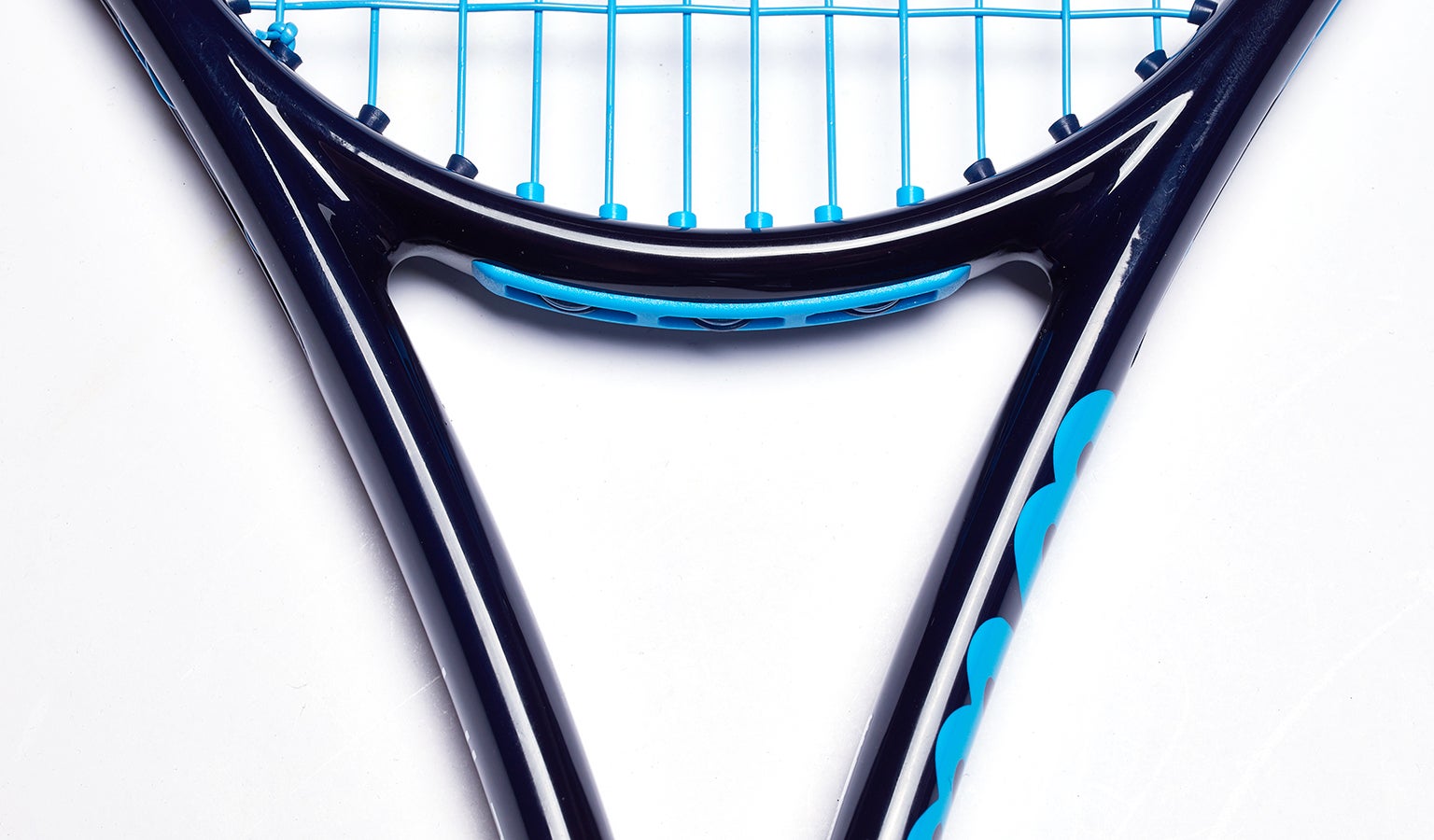
Serves - Score: 85
Our team unanimously enjoyed the Ultra 95 Countervail's performance when going for big first serves. "It shouldn't come as a surprise that serving was the strongest area of this playtest for me," said Sean. "The slightly extended length and tighter stringbed created a very powerful and controlled response. I mentioned that this racquet performed great on groundstrokes and volleys when I had time to set up; luckily you always have time to set up on your own serve! The weight got moving and never stopped, and I enjoyed heaps of power, spin and control."
With the slightly extended length and high swingweight, the Ultra 95 helped Troy bring the heat on his flat first serves. He elaborated, "I found a boost in power compared to my Yonex VCORE Pro 97 (330), but not as much power as the Prince Textreme Beast Pro 100 Longbody. I was pleased to find that there was not a huge drop in accuracy, and I could locate my targets effectively. This racquet didn't allow for pinpoint accuracy like the Prince Phantom Pro 93P, but it was better than average. My only struggle was the sluggish feel, which made it difficult to generate a lot of spin on my kick serves. The more time I spent serving with it, the more comfortable I felt hitting my kick serves. On second serves I choked up a bit on the handle, which helped me generate spin. Once I became confident with my spin serves I liked the overall performance of the Ultra 95 Countervail. There was a unique balance of power and control."
Chris was able to use the mass of the racquet to generate lots of pace. He said, "I liked how much slice I got when looking to add spin to my serves. The pace and spin had my slice serves coming in heavy. I had solid results hitting slice serves into the body of my opponent and either drawing an error or a weak return. My topspin serves were decent, but I was not getting as much spin and consistency as I do with my Tecnifibre TFlash 300 PS. On the flip side, hitting big and flat first serves was lots of fun. I found it easy to generate enough pace to consistently force errors and weak returns."
Michelle also had a positive serving experience. She said, "I could get the mass moving in a dangerous way on first serves and hit into my opponent's body effectively. For a 95-square-inch head, I still found good access to slice and kick. No issues for me here."
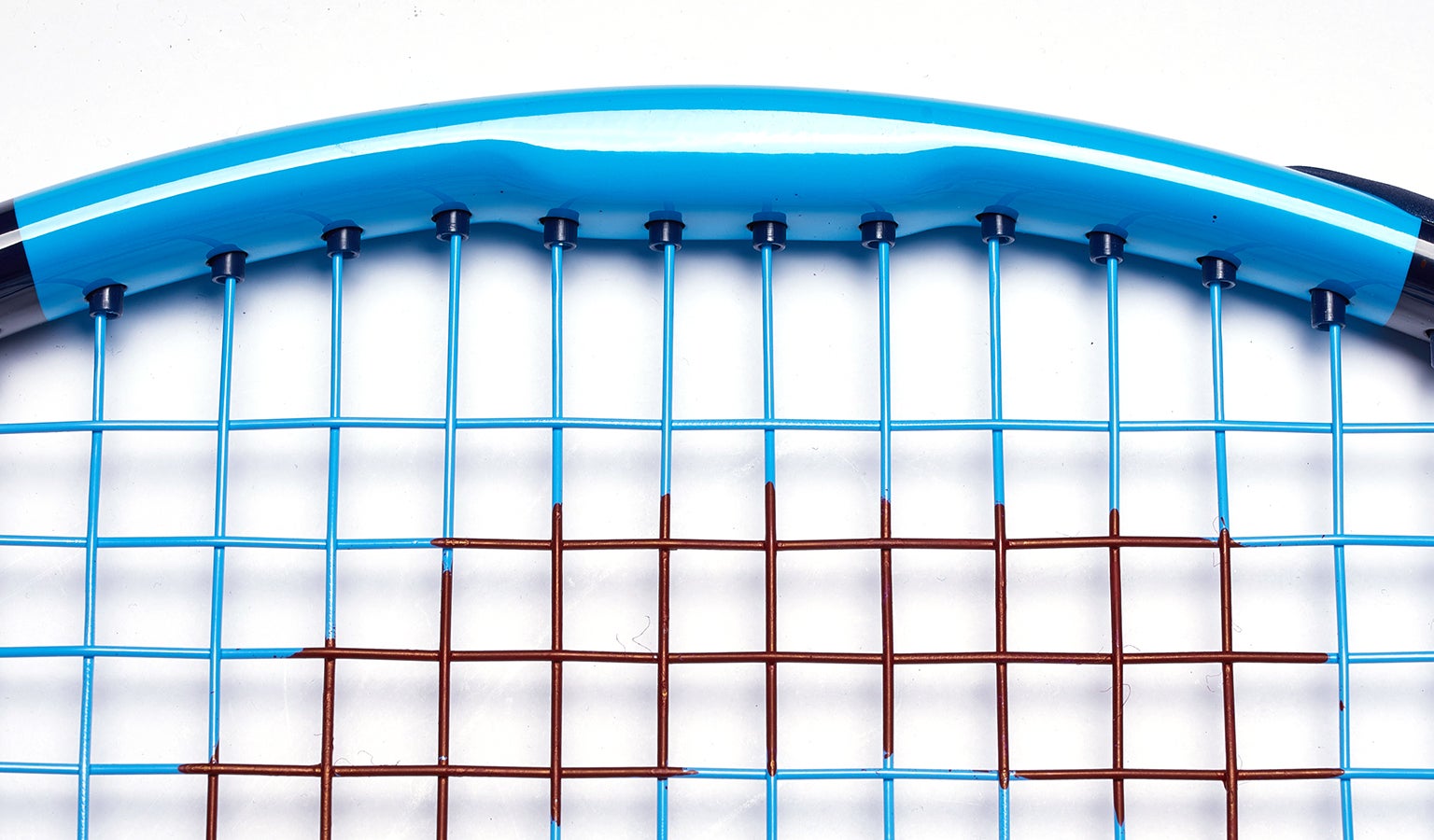
Returns - Score: 80
The Ultra 95 Countervail proved to be demanding to swing when facing big servers. One key factor for Troy when it comes to returns is a racquet's stability, and the Ultra 95 was very stable on contact. He said, "With that high level of stability, there was also easy access to power. When I didn't have the ability to take a swing on my returns the racquet allowed me to block balls back deep with relative ease. If I had time to take a swing I achieved a lot of pace and depth. The slightly extended length was appreciated on my two-handed backhand returns. I found some added leverage on serves that kicked up above my shoulders. While this racquet packed plenty of free power, the 95-square-inch head also added a level of control that allowed me to swing freely on my returns without fear of hitting long. As I mentioned previously, there were times I found the feel to be a bit stiff. I noticed this especially against high-speed serves when I made contact just outside of the sweetspot. The comfort was improved when we had this racquet strung with the natural gut hybrid, but it was still on the firm side."
Returning serves was the roughest part of the playtest for Chris. He explained, "I found that I couldn't take my usual swing at the ball without mistiming my return. When I tried to be aggressive I found myself consistently late. My returns got better as the test wore on. I was confident I'd dial it in given even more time, but to be competitive, I had to focus on more conservative returns during point play. On the plus side, the racquet felt very stable on block returns, and I was able to return deeply with only a short swing. The racquet offered enough mass to plow through the contact, and it enabled me to use the incoming pace on my returns."
Similarly, Sean struggled the most with his returns during this playtest. He said, "I felt great when I connected with big swings, and the stability helped absorb a lot of the pace of the serve. The lack of maneuverability, however, often made it difficult to get the racquet into position, and the stiffness could really launch the ball when I was looking to take the offensive. I didn't have too much trouble returning in singles, but I struggled to find the angles I tend to rely on in doubles."
As she mentioned earlier, Michelle preferred hitting backhands with the Ultra 95 Countervail because she felt she could be more consistent unloading shots off that side, which she turned into a positive when hitting returns. She concluded, "I kept an eye out for backhands returns to attack, which was fun because my opponents will often target my backhand to avoid my forehand. This was working in my favor. I liked 'SABR-ing' my returns a la Roger Federer. I felt I could penetrate the court well and get my opponent off balance, which let me sneak in, or at least take a couple steps forward, to attack a weak response. I found more control when hitting returns than I did on my groundstrokes; the extra quarter-inch was definitely welcome here."
Overall - Score: 79
| Technical Specifications | ||
|---|---|---|
| Length | 27.25 in | 69 cm |
| Head Size | 95 sq in | 613 sq cm |
| Weight | 11.5 oz | 326 gm |
| Balance Point | 13.18 in 33 cm | 4pts Head Light |
| Construction | 22mm/22mm/22mm | |
| Composition | Countervail/Graphite | |
| String Pattern | 16 Mains / 20 Crosses | |
| Babolat RDC Ratings | ||
|---|---|---|
| Score | Grade | |
| Flex Rating | 69 | Range: 0-100 |
| Swing Weight | 339 | Range: 200-400 |
| Chris' Scores | |||
|---|---|---|---|
| Power | 8.6 | Serves | 8.7 |
| Control | 7.9 | Groundstrokes | 8.3 |
| Maneuverability | 7.4 | Returns | 7.7 |
| Stability | 8.6 | Slice | 8.6 |
| Comfort | 7.4 | Topspin | 8.6 |
| Touch/Feel | 7.7 | Volleys | 8.5 |
| Overall | 8.1 | ||
| Michelle's Scores | |||
|---|---|---|---|
| Power | 8.8 | Serves | 8 |
| Control | 7.5 | Groundstrokes | 7.5 |
| Maneuverability | 7 | Returns | 8 |
| Stability | 8 | Slice | 8 |
| Comfort | 7 | Topspin | 7.5 |
| Touch/Feel | 7.4 | Volleys | 8 |
| Overall | 7.5 | ||
| Troy's Scores | |||
|---|---|---|---|
| Power | 8.9 | Serves | 8.7 |
| Control | 8.3 | Groundstrokes | 8.3 |
| Maneuverability | 7.7 | Returns | 8.8 |
| Stability | 8.5 | Slice | 8 |
| Comfort | 7 | Topspin | 8 |
| Touch/Feel | 7.2 | Volleys | 8 |
| Overall | 7.9 | ||
| Sean's Scores | |||
|---|---|---|---|
| Power | 8.1 | Serves | 8.7 |
| Control | 8.4 | Groundstrokes | 8.3 |
| Maneuverability | 7.2 | Returns | 7.5 |
| Stability | 8.9 | Slice | 8.5 |
| Comfort | 7 | Topspin | 8.3 |
| Touch/Feel | 8.2 | Volleys | 7.7 |
| Overall | 8.2 | ||
Playtester Profiles
Chris: 4.5 all-court player currently using the Tecnifibre TFlash 300 PS. Chris uses a full-western forehand grip, has a fast swing style and hits a one-handed backhand.
Michelle: Open level baseline player with a semi-western forehand and a two handed backhand. She currently plays with the Wilson Pro Staff RF 97 Autograph.
Troy: 5.0 lefty all-court player with a full Western Forehand and a two-handed backhand. Troy currently plays with a Yonex VCORE Pro 97 (330).
Sean: Open level counterpuncher with a semi-western forehand and a two-handed backhand. He currently plays with the Yonex VCORE Pro 97 (310).
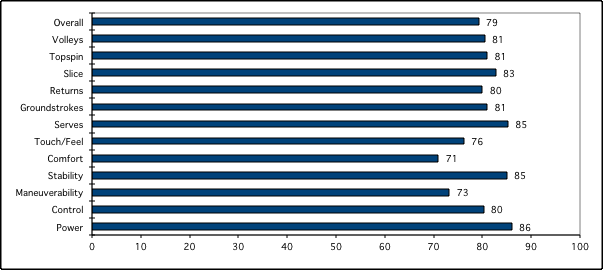

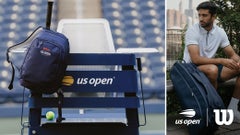

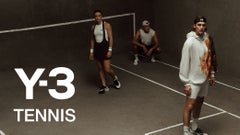

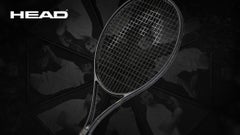
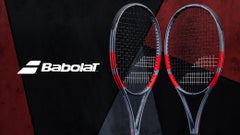
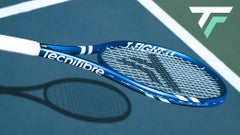
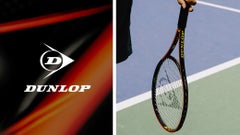

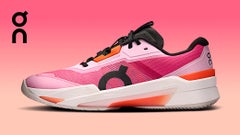




Likes
Chris - "Big power and spin. I love hitting big serves and forehands with the Ultra 95 Countervail."
Michelle - "This racquet feels great off my backhand, and I enjoy serving and returning with it!"
Troy - "The Ultra 95 Countervail packs a lot of power for its 95-square-inch head. I like the quarter-inch extension on this racquet. It feels great on my two-handed backhand, although I don't hit it quite as cleanly as Kei Nishikori."
Sean - "I feel in command on the singles court! The Ultra 95 Countervail is a serious player's frame, and the stability is fantastic if you can tame the beast."
Dislikes
Chris - "The Ultra 95 Countervail is a little more demanding than most of the 100-square-inch and 98-square-inch extended length racquets currently available."
Michelle - "The sweetspot feels small. This racquet doesn't make me especially confident on my forehand, and I feel like I need to be 100-percent accurate in terms of my timing to execute an effective shot. I shanked more balls during this playtest than I have in a while, which was not only embarrassing, but also uncomfortable."
Troy - "My wrist can't handle the swingweight and stiffness. I experienced lasting pain by the end of the playtest! I would say this racquet is out of my spec range and feels unwieldy at times."
Sean - "Even though the Countervail technology helps with the vibration dampening, the Ultra 95 is a bit too stiff for my preferences."
Comparing the racquet to others they've tried, our testers said:
Chris - "The Ultra 95 Countervail compares to the likes of the Yonex VCORE 98+, ProKennex Kinetic Pro 7G and Dunlop Srixon CX 200+. Despite being only 27.25 inches rather than the usual 27.5 inches long, I found the Ultra 95 to be pretty demanding. The sweetspot felt a little more on-off rather than there being a gradual loss of response when hitting slightly off center. On the plus side, the control I had at net was top notch."
Michelle - "The Ultra 95 Countervail felt a bit firmer and harder to manipulate compared to the softer Yonex VCORE 98+. Also, seeing as this is the racquet Nishikori endorses, it makes sense to compare it to the racquet he previously endorsed, the Burn 95. If you liked the Burn 95, you will like the Ultra 95 Countervail. They have a very similar feel at contact, similar plow through and similar specs."
Troy - "This Ultra 95 Countervail feels very similar to the Wilson Burn 95 Countervail. For users of the Burn 95 who are looking to transition into a new racquet, look no further. The Ultra 95 Countervail also has some similarities to the Yonex VCORE SV 98+. This racquet has a pretty long lineage, (as far as I can recall) dating back to the Wilson Hammer H Tour 95. My favorites in that lineage were the Wilson KFactor KTour and Wilson Tour BLX, as they had stiffness ratings below 65. Ever since the introduction of the Wilson Steam 96 (which turned into the Burn 95 and now the Ultra 95), I have enjoyed the high swingweight. The downside is that these racquets are just too stiff for my preference."
Sean - "The Ultra 95 Countervail instantly reminded me of the VCORE 95, although that racquet is more flexible and lower powered. The power and stiffness also felt similar to the Wilson Pro Staff RF97 Autograph. The most obvious comparison would be to the outgoing Burn 95 Countervail, although the grommet system on the Ultra 95 Countervail makes it feel more muted at impact."